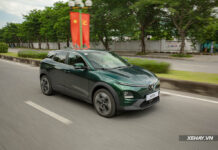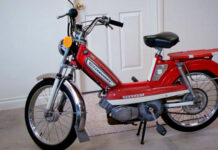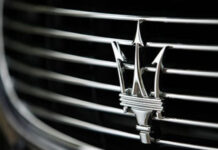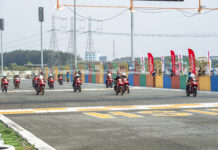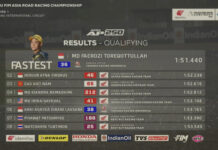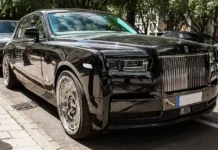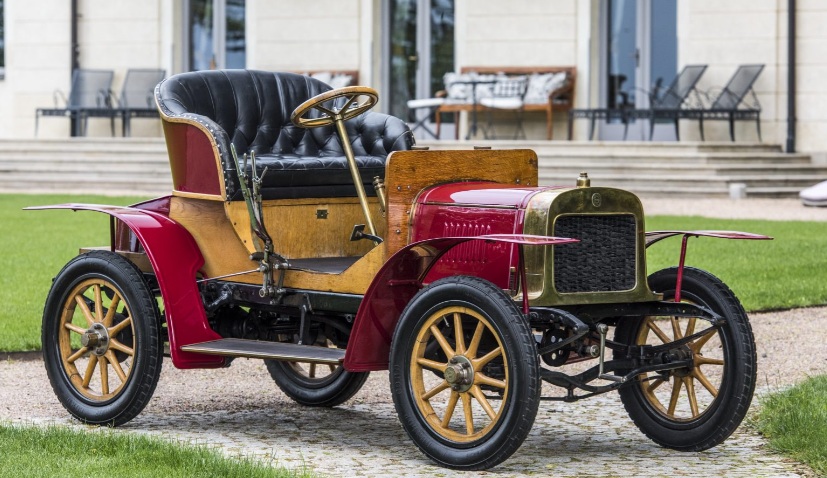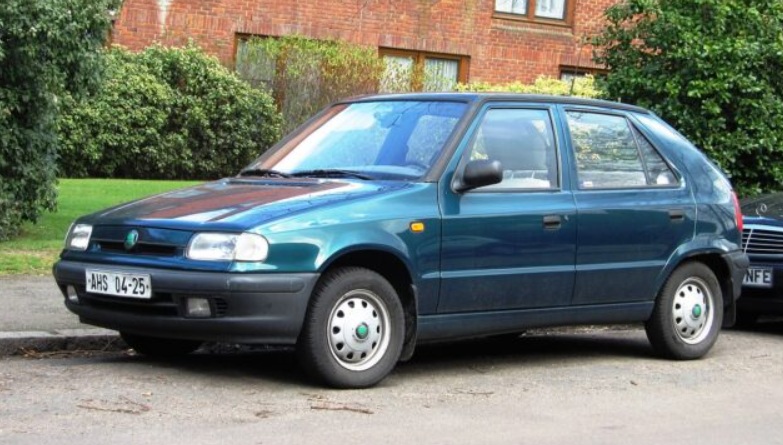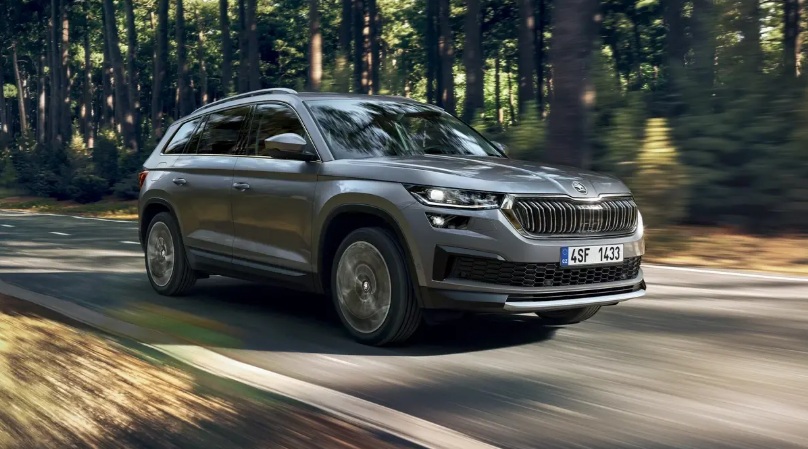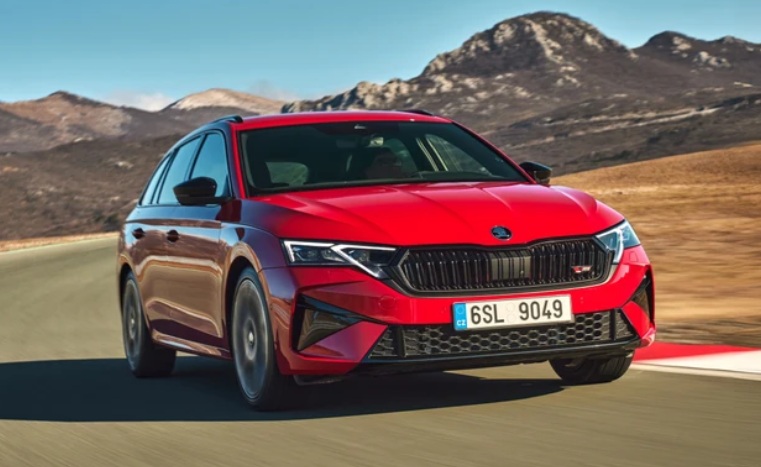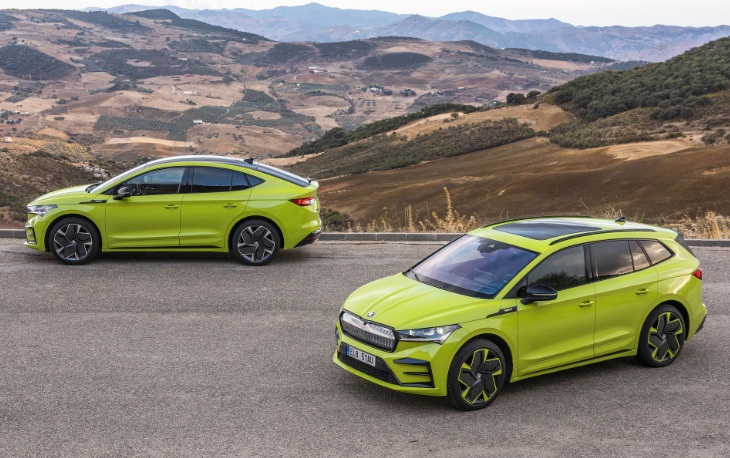From a small bicycle workshop in Bohemia, Skoda has evolved over 130 years to become one of Europe’s fastest-growing automotive brands.
The brand’s story is not just a tale of engineering and technology but a testament to resilience, reinvention, and triumph through turbulent historical periods.
From Laurin & Klement to Skoda – A Czech Legacy Begins
Skoda’s origins trace back to 1895, when engineers Václav Laurin and Václav Klement founded Laurin & Klement (L&K) in Mladá Boleslav, Bohemia (now Czech Republic). Starting with bicycles and motorcycles, they quickly expanded into automobiles, launching the Voiturette A in 1905—a milestone that laid the foundation for modern Czech automotive engineering.
Post-World War I, L&K merged with Skoda Works, a Central European industrial giant specializing in machinery and armaments. This union birthed Skoda Auto, a symbol of Czechoslovakian industry throughout the 20th century.
Navigating Nationalization and Restructuring
After World War II, Skoda became a state-owned enterprise under socialist Czechoslovakia. Models like the 440, Felicia, and Octavia (1950s-60s) became icons of Eastern European life during the planned economy era. However, technological constraints caused the brand to lag behind Western competitors.
The turning point arrived in 1991 when Volkswagen Group acquired majority ownership, triggering Skoda’s transformation. This partnership brought advanced technology, production systems, and management practices. By 2000, Skoda became a 100% Volkswagen subsidiary, ushering in a new era for Czech automotive excellence.
Modern Growth and Global Expansion
Leveraging Volkswagen’s expertise, Skoda rapidly enhanced quality and diversified its lineup. Models like the Octavia, Superb, Fabia, Kodiaq, and Karoq repositioned the brand from “Eastern European budget” to a trusted choice for Europe’s middle class.
By 2017, Skoda achieved record sales of 1.25 million vehicles, $18 billion in revenue, and $1.8 billion in net profit. In 2023, global sales surpassed 866,000 units. The brand now operates in over 100 countries with factories in the Czech Republic, Slovakia, China, India, and Vietnam.
A Symbol of Practicality and Durability
Skoda’s “Simply Clever” philosophy—embodying smart, practical design—resonates deeply with European drivers. Features like integrated umbrellas, luggage hooks, and wireless phone storage showcase meticulous attention to detail.
The Octavia, launched in 1996, exemplifies this ethos. With over 7 million units sold, it remains the brand’s backbone. Meanwhile, the Superb combines D-segment luxury with affordability, appealing to families.
From 2016–2020, Skoda entered the SUV era with the Kodiaq and Karoq, expanding its global reach. The Kodiaq, praised for reliability and build quality, competes directly with Japanese rivals.
Embracing electrification, Skoda introduced the Enyaq iV—its first electric SUV—built on Volkswagen’s MEB platform, signaling a commitment to sustainable innovation.
Entering Vietnam: Challenges and Opportunities
In 2023, Skoda returned to Southeast Asia via a partnership with THACO Auto, establishing an assembly plant in Chu Lai, Vietnam. Initial focus is on the Kodiaq and Karoq SUVs, with plans to introduce electric models like the Enyaq, aligning with Skoda’s goal of 70% EV sales by 2030.
However, winning Vietnamese consumers accustomed to Japanese and Korean brands requires proving reliability, after-sales service, and value. Skoda’s European design, rich features, and localized production costs position it competitively.
130 Years of Legacy and the Road Ahead
From its bicycle origins in Mladá Boleslav to a global automotive force, Skoda’s 130-year journey embodies innovation and adaptability. Guided by “Simply Clever,” consistent sales, and a clear electrification strategy, the brand continues to thrive within Volkswagen Group. In Vietnam, success hinges on building trust, quality, and local relevance—a challenge Skoda is poised to meet.
TH (Tuoitrethudo)











